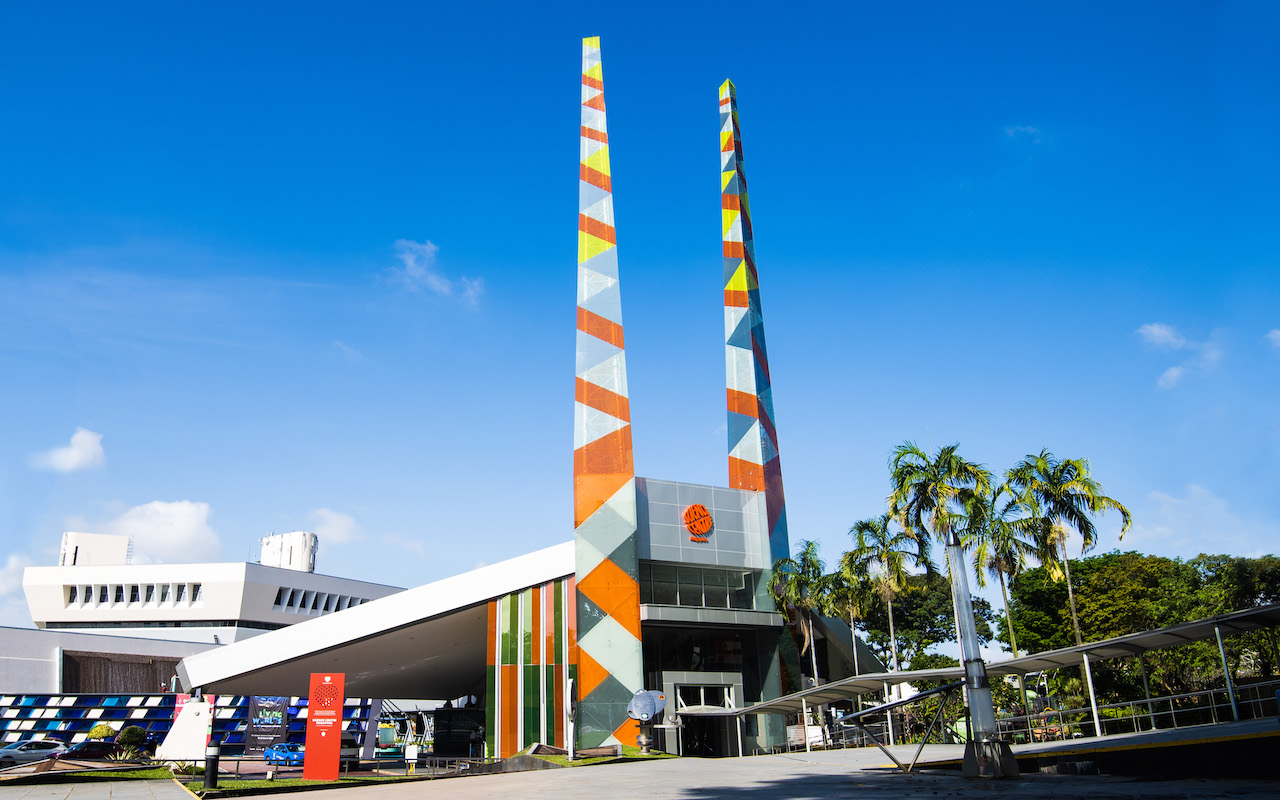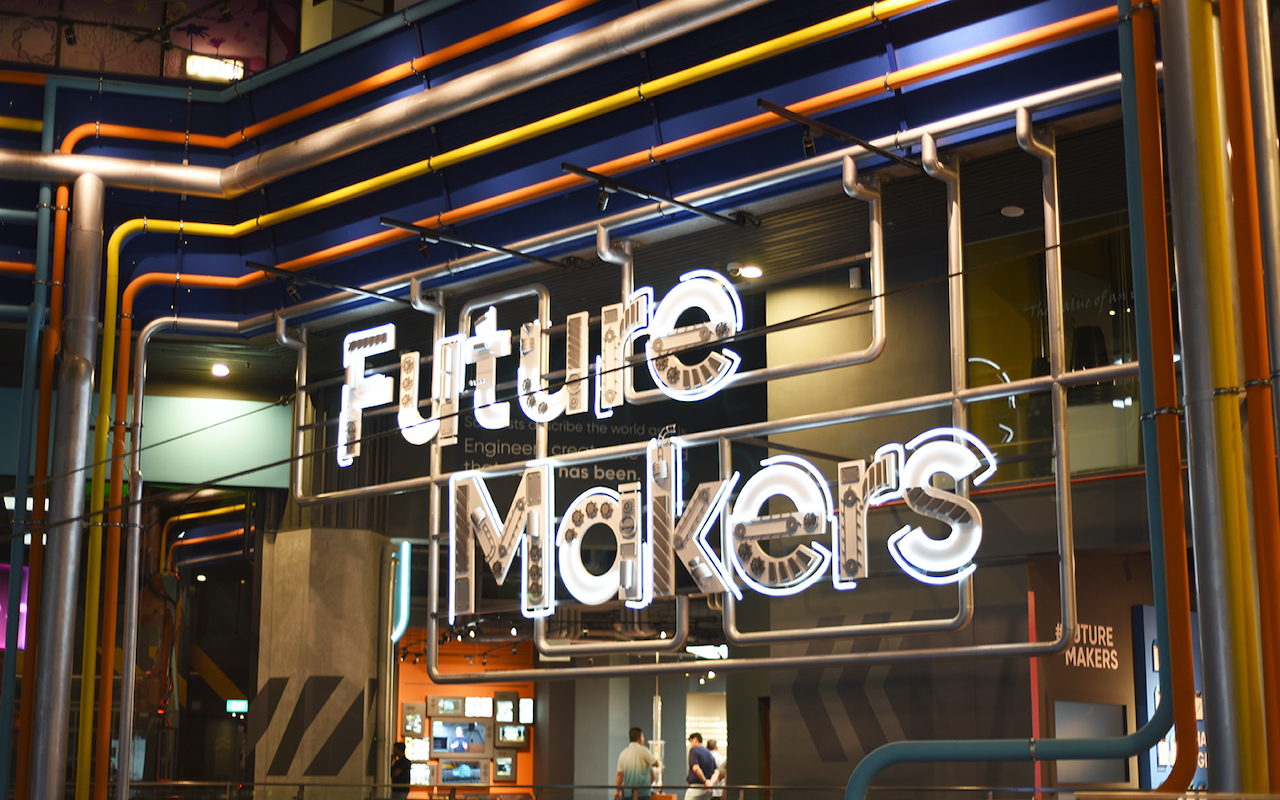
For science centres and museums, engaging with young people is an existential issue. After all, they are our next generation of visitors. But this digitally connected age – which has been exacerbated by the effects of Covid-19 – presents unique challenges.
Nowadays, youths receive their information online and from peers. We can’t compete with the internet, but science centres can provide critical insights and arm them with the tools to investigate and make decisions for themselves.
To do that, science communication must be concise yet engaging. Transmedia storytelling – such as discussing hot topics on Instagram Stories or finding ways for visitors to participate with exhibitions online – allows us to reach young people where they are and keep up with the speed of media consumption.
Covid-19 has certainly accelerated Science Centre Singapore‘s efforts to boost our digital presence, and we’ve rolled out a spectrum of digital initiatives ranging from do-it-yourself science videos to blogs to meaningfully engage our audience groups from the safety of their own homes.

Now that we have a good sense of digital initiatives that appeal to our guests, alongside our traditional understanding of what they like about the physical space, our efforts moving forward will be to curate experiences that intricately combine the two for a more engaging multi-sensorial approach, in terms of our new exhibitions and initiatives.
“While the current pandemic situation poses some challenges, they are not insurmountable”
Museums like ours emphasise authentic encounters in a physical space. While the current pandemic situation poses some challenges, they are not insurmountable. For example, our current design processes are already exploring materials that make it easier for cleaning or make it more difficult for microbes to remain on surfaces. Augmented by technology, future galleries can also monitor patronage numbers and automatically close off sections when numbers exceed a comfortable level.
Space design will also include more transition spaces between each exhibition so that guests are dispersed. Air flow within future buildings will also be sectionally controlled rather than centrally controlled. All of this might mean lowered numbers within our buildings, but could result in deeper, more meaningful engagement.

In the past, science museums – the pre-cursors to science centres – were about cerebral, “see, don’t touch” experiences. With science centres, communicating scientific principles still matters, but the focus has shifted towards designing experiences that drive curiosity. It’s through asking questions that we broaden our perspectives and encourage innovation. Our curiosity needs to be unbridled, and science centres provide a safe space for development and experimentation.
Additionally, technologies such as augmented reality and 4D experiences have raised audience expectations and blurred the lines between us, museums and attractions. At Science Centre Singapore, we’ve been learning from the entertainment sector and applying their magic to our work, such as when we created an immersive exhibition for visitors to journey through a “human body”.
“We can’t afford to stay away from subjects such as artificial intelligence or DNA technology just because they seem highbrow, controversial or difficult”
Another of our exhibitions “Body Worlds” was hugely controversial for its use of plastinated cadavers, but we realised that our audience has the maturity for and interest in these topics. And with science and technology advancing so quickly, we can’t afford to stay away from subjects such as artificial intelligence or DNA technology just because they seem highbrow, controversial or difficult. We need to enhance the next generation’s science literacy so that they’ll be able to navigate these issues.
An exhibit on The Avengers, too, was unconventional because it’s based on a fictional superhero universe but consider that many works of fiction have now become reality. Besides, pop culture is a good way to engage with youths. Our willingness to be experimental has also helped us to attract more of that that elusive “missing generation”, those in the age range between college and parenthood.
Much has been said about young people these days being harder to impress. I believe the contrary. I think that youths in any time period have been difficult to please, and understandably so: they have different priorities in life, they are idealistic and passionate. Their voices are important. Young people are not afraid to dish out criticism, but they’re also quick to praise – which makes it even more satisfying when a youth leaves an exhibition and says, “cool”.
SEE ALSO: Stunning virtual museum tours to catch from your couch
The post Opinion: How has Covid-19 changed our relationship and engagement with museums? appeared first on SilverKris.
from SilverKris
No comments:
Post a Comment